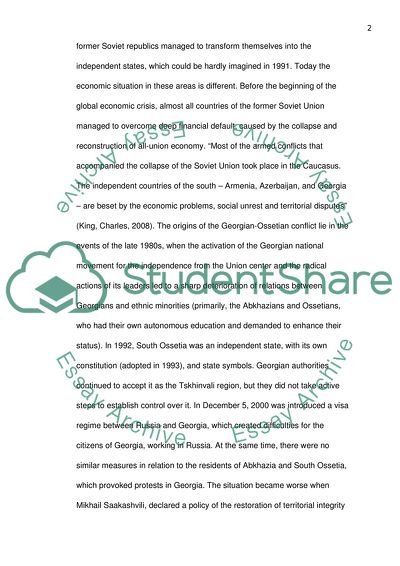Cite this document
(“Post Soviet Eurasia Essay Example | Topics and Well Written Essays - 2000 words”, n.d.)
Post Soviet Eurasia Essay Example | Topics and Well Written Essays - 2000 words. Retrieved from https://studentshare.org/geography/1663503-post-soviet-eurasia
Post Soviet Eurasia Essay Example | Topics and Well Written Essays - 2000 words. Retrieved from https://studentshare.org/geography/1663503-post-soviet-eurasia
(Post Soviet Eurasia Essay Example | Topics and Well Written Essays - 2000 Words)
Post Soviet Eurasia Essay Example | Topics and Well Written Essays - 2000 Words. https://studentshare.org/geography/1663503-post-soviet-eurasia.
Post Soviet Eurasia Essay Example | Topics and Well Written Essays - 2000 Words. https://studentshare.org/geography/1663503-post-soviet-eurasia.
“Post Soviet Eurasia Essay Example | Topics and Well Written Essays - 2000 Words”, n.d. https://studentshare.org/geography/1663503-post-soviet-eurasia.


